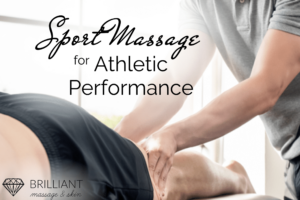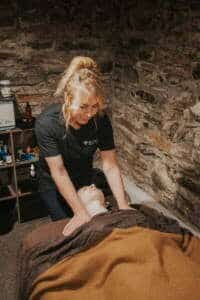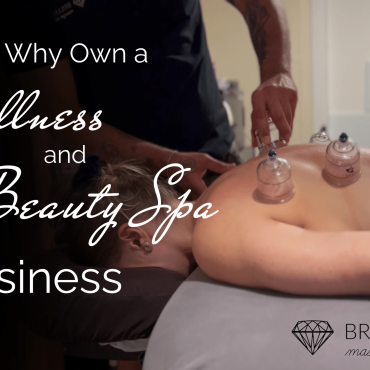Sports Massage for Athletic Performance


Millions of people worldwide play sports and exercise, from the elite professional athlete to the novice who started a walking program for general health and wellness benefits. Exercise is recommended for everyone. Although other government groups have recommended exercise and fitness, the U.S. Department of Health and Human Services released the first official U.S. Physical Activity Guidelines in October 2008, the U.S. government’s official guidelines. The Guidelines indicate that some activity is better than none and then go on to make several specific recommendations:
- Moderate amounts of physical activity provide substantial health benefits for all adults. This dose is defined as 150 minutes per week of moderate-intensity activity, such as walking, or 75 minutes of vigorous activity per week, such as jogging or vigorous sports. Furthermore, you can obtain this moderate dose by mixing moderate-intensity and some days of vigorous-intensity, with one minute equaling two minutes of moderate intensity. For this combination, 150 minutes is the goal.
- Additional health benefits can be obtained by doing more than the moderate dose. This higher target is described as 300 minutes of moderate-intensity, 150 minutes of vigorous-intensity, or combining moderate and vigorous intensity.
- All adults should participate in 30 minutes of strength-building exercise twice a week. These exercises should engage all major muscle groups.
- Children and adolescents should participate in 60 minutes of physical activity each day. Most of this should be moderate to vigorous-intensity activity and should include vigorous activity at least three days per week. It also is recommended that children and adolescents participate in muscle-strengthening three days a week and bone-strengthening activities at least three days a week.1
Sports massage can be used to improve athletic performance and speed recovery. It can be utilized by all individuals participating in any athletic and/or exercise program to help improve conditioning and maintain peak performance. Many professional and collegiate athletic programs employ or contract with massage therapists, and sports massage has been sought for many years by athletes of differing backgrounds for multiple reasons. With the US Gov Physical Activity Guidelines being obvious that activity is essential for people to be healthy, sports massage can be recommended to those who participate in exercise programs and professional and collegiate athletes.
Research has shown that concerning exercise and athletic participation, massage can:*
- Reduce muscle tension4
- Help athletes monitor muscle tone
- Promote relaxation
- Reduce muscle hypertonicity
- Increase range of motion
- Improve soft tissue function
- Support recovery from the transient immunosuppression state
- Support the recovery of heart rate variability and diastolic blood pressure after high-intensity exercise.
- Decrease muscle stiffness and fatigue after exercise
- Improve exercise performance
- Decrease delayed onset muscle soreness
- Be the most efficient intervention for maintaining maximal performance time in subsequent exercise tests combined with active recovery from maximal exercise.
- Reduce serum creatine kinase post-exercise
- Reduce swelling
- Reduce breathing pattern disorders
- Enhance athletic performance
- It May help prevent injuries when massage is received regularly

Massage is beneficial to more than muscles.
Muscles might be the richest benefactors of a massage, but most people report a feeling of pure relaxation, reduced anxiety, enhanced attentiveness, and improved mood following a massage.
Athletes may find an edge in these psychological benefits, making massage a double-duty treatment, a mind and body therapy. That’s a lot of bounce for your ounce!
And, as if all these benefits weren’t enough, research published in the International Journal of Neuroscience suggests that massage therapy improves sleep quality.
Brilliant Massage & Skin
Burlington, Vermont


